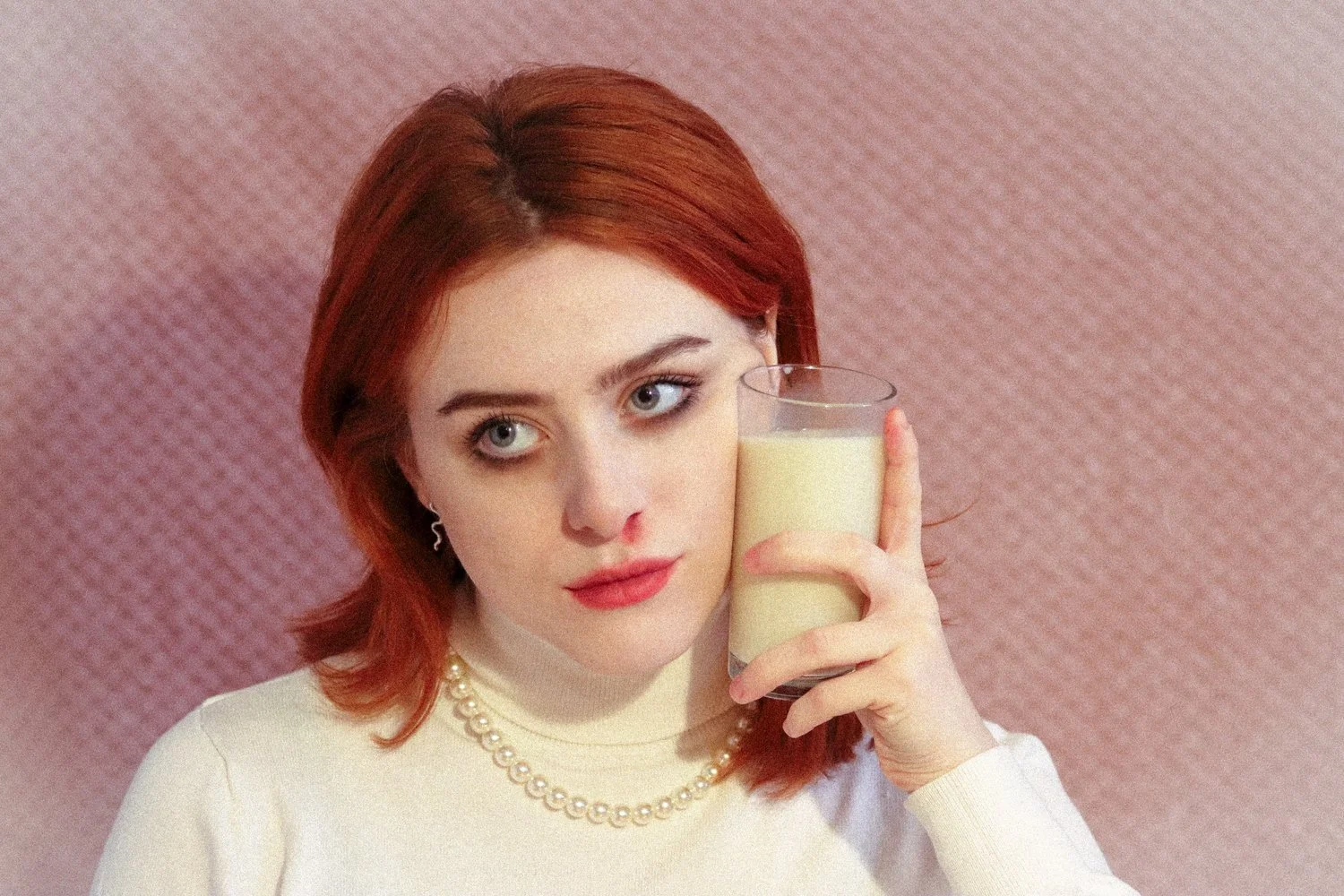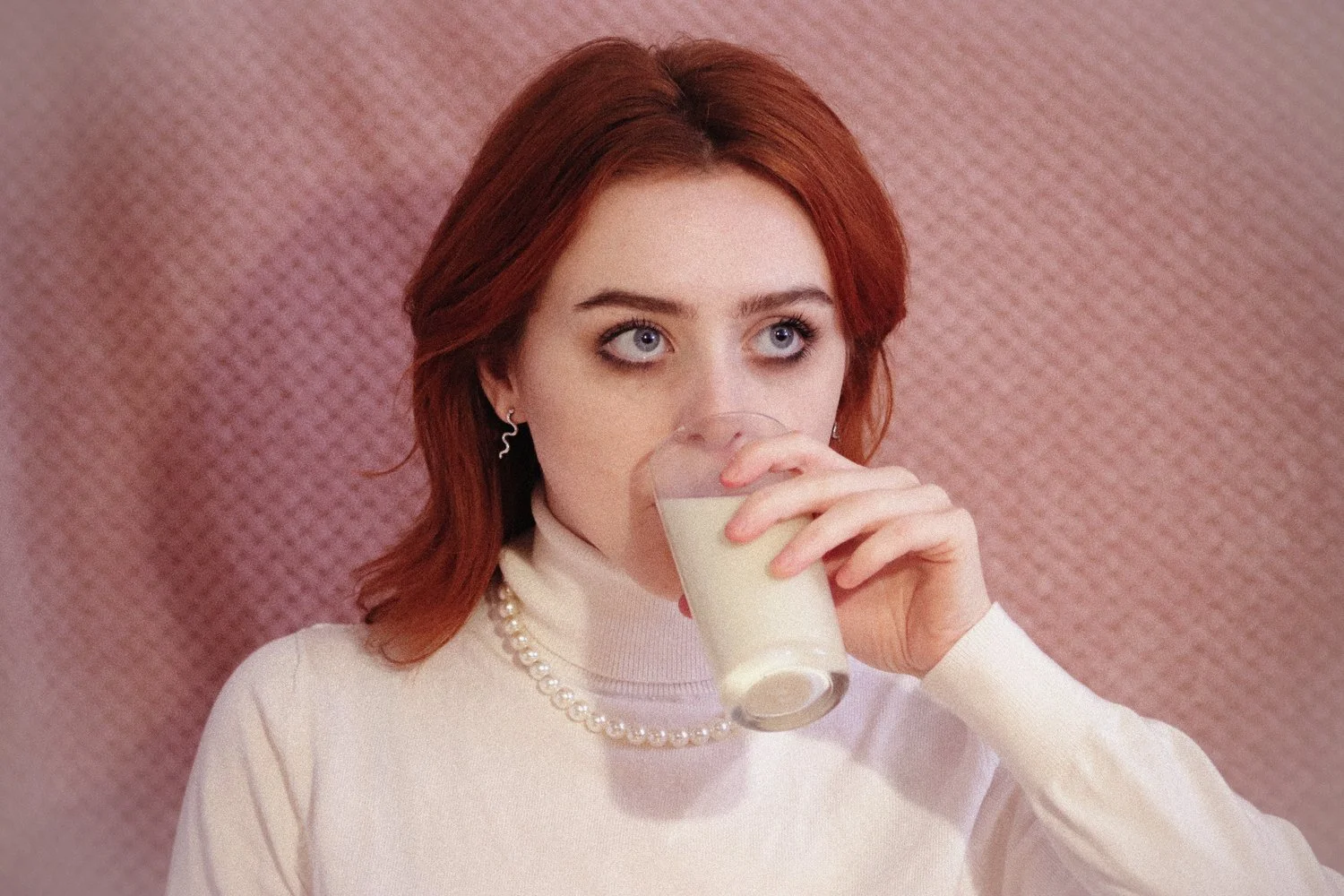Film Fatale: Safe and Environmental Sickness
Are You Allergic to the 21st Century?
Amongst the pastel furnishings and pearl necklaces, Carol White (Julianne Moore) is getting sicker. To make things worse, no one really believes her. But why would they? Her life is beautiful, yet she still passes out at the baby shower and her nose bleeds after she gets a perm. From the get-go, Carol keeps her distance from everyone; she doesn’t speak much (when she tries, she’s talked over) and she’s always perched slightly too far from whoever she’s with. She’s a lonely woman lost in her own surroundings.
Safe (1995) by Todd Haynes can be translated into many things, from social isolation to capitalism’s alienation to the AIDS crisis of the 80’s and 90’s. This is what makes the film so striking is that it gives the viewer a mysterious story, one that’s slow and unnerving, and makes you look inward. It's inevitable that today this film will remind us of our COVID-19 experiences. Although I’m personally avoiding any pandemic related artworks - give it time to marinate in the collective unconscious before we start cracking out the paint brushes and cameras - this is the only film I’ve watched recently and thought ‘Wow, this is right now’.
Having your own home feel clinical and becoming distant to those around you, spiralling because of an invisible monster and almost joining a wellness cult so you finally feel a sense of acceptance. It does a perfect job of capturing that feeling of unease whilst in a place you should be calling home, with Carol’s environments all blending into one clinical, pastel coloured prison.
___STEADY_PAYWALL___
Safe is a horror film. The vague ‘environmental Illness’ that Carol is suffering from makes us think about our own susceptibility to sickness. Polluted air, materials, people. What makes us uneasy? What makes us feel trapped? Carol's structured and clean world drives her silently insane. It’s difficult to talk about those things, especially to people who have the same routines but are seemingly fine.
“It’s the feeling of being maxed out, almost being in a permanent sensory overload from your day-to-day life.”
Environmentally sick or not, Carol is depressed. During the times where she begins to explore these feelings, she’s interrupted and reverts into her quiet, submissive self. Her husband and doctors treat her like a hysterical 1940’s housewife and her friends are unnerved by her abnormal behaviour. She’s constantly apologising when there is nothing to apologise for. One of my favourite parts of the film is when her husband hugs her goodbye after visiting the desert retreat. She pushes him away, suggesting maybe it’s something he’s wearing that flares up her sickness. She doesn’t want anything to do with that life anymore, she’s physically repulsed by those she’s expected to love. Maybe this ‘sickness’ is a way to get away from it all, a valid excuse to leave your comfy life that has grown stagnant.
From Carol taking part in a ‘fruit diet’ with her friend to joining the wellness cult, it’s clear that she yearns for an authentic connection with someone. Her family and friends are like caricatures and it feels as if she has nothing to say or offer to that life. During the baby shower scene specifically, we see Carol and the other women dressed in the same pastel, hyperfeminine attire. They all radiate a put togetherness, and then suddenly Carol falls to the ground. The difference between other films that do the ‘suburbia = bad’ and Safe is that Safe digs deeper into a vague and unnerving feeling.
You don’t have to be a middle-class suburbanite to resonate about feeling like you’re allergic to your environment. Most people have had a time in their life where it feels like even the walls of your overpriced apartment are chipping away at your core. Everyone I know has said some form of the phrase ‘I wish I could just go live in the woods’ or ‘I need a 2-week retreat where I can’t use my phone or talk to anyone’. It’s the feeling of being maxed out, almost being in a permanent sensory overload from your day-to-day life.
The desert retreat seems like the only solution to Carol, and yet once she gets there, she begins to feel worse. Once again, she is sitting a little too far away from the group, having no engagement in the conversation. When she’s put on the spot to give a speech, she speaks in a stream of wellness jargon and stuttering. Not even a cult can give her a sense of acceptance and ease. It’s a bleak ending as she lays down in her empty bunker, or is it a breath of fresh air? She’s gotten what she had set out for after all, a break from the noise, fumes, and people.
Words & Photos: Charlotte Amy Landrum



